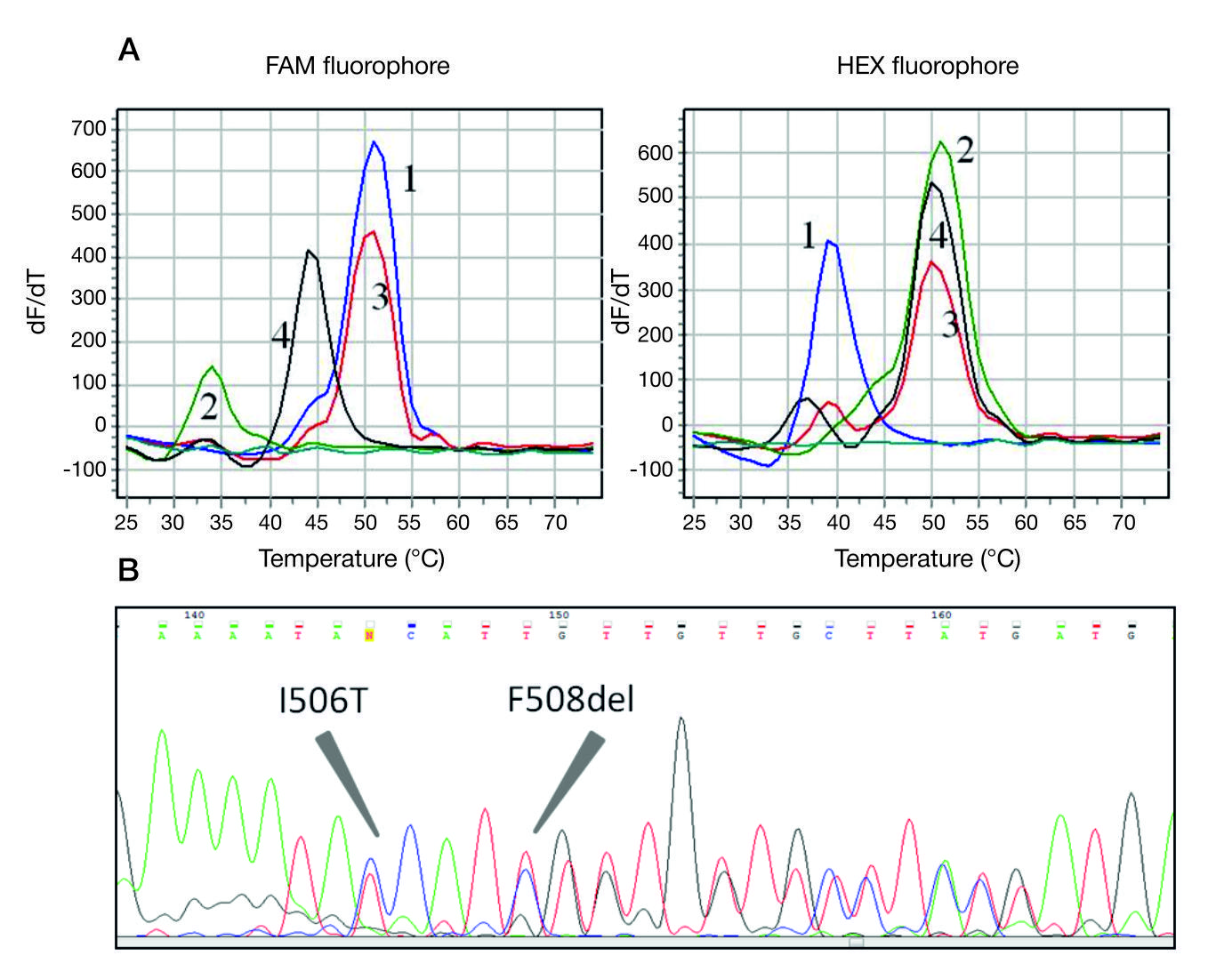
ISSN Print 2500–1094
ISSN Online 2542–1204
Bulletin of RSMU
BIOMEDICAL JOURNAL OF PIROGOV UNIVERSITY (MOSCOW, RUSSIA)

1 DNA-Technology LLC, Moscow, Russia
2 Russian Children's Clinical Hospital, Pirogov Russian National Medical Research University, Moscow
3 Laboratory of Molecular Genetic Methods,Kulakov National Medical Research Center for Obstetrics, Gynecology and Perinatology, Moscow
Correspondence should be addressed: Alena I. Nikiforova
Kashirskoe shosse 24, Moscow, 115478; ur.ygolonhcet-and@avorofikin
Conflict of interests: the study was conducted in collaboration with DNA-Technology staff.

